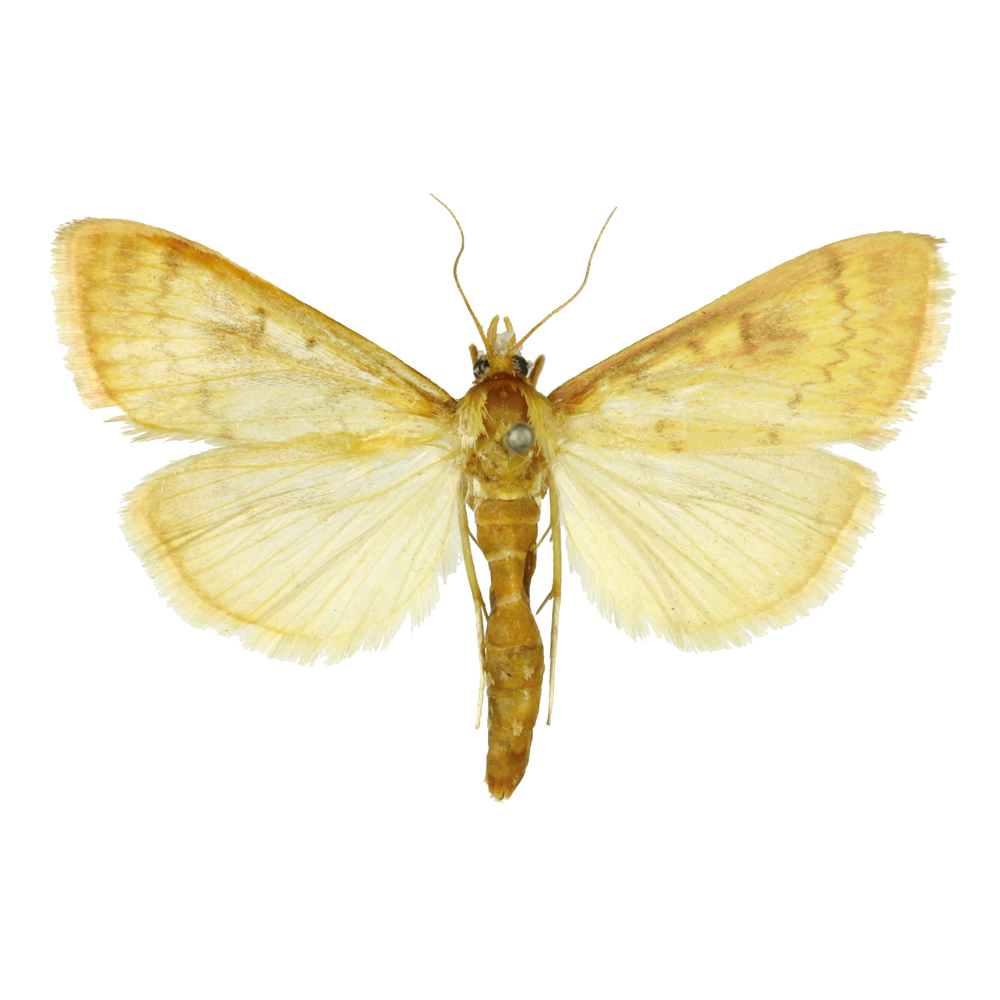


| Latin Name | Ostrinia furnacalis |
| Common Name | Asian corn borer |
| Biology | Adults are nocturnal, attracted to black-light lamps and sugar-vinegar traps, laying eggs on the undersides of corn leaves. Larvae bore into corn stems, tassels, and ears, causing stem breakage and grain rot in ears, significantly reducing yields. This species completes 2–7 generations annually, overwintering as mature larvae within corn stalks or ear shafts. |
| Damage | This pest primarily damages corn, it also affects sorghum, millet, and cotton. |
| Distribution Regions | East and Southeast Asia |
| Monitoring | Pheromone lures mimic natural sex pheromones to attract male insects into specialized traps for population monitoring and suppression. As a core IPM component, monitoring enables early risk detection and targeted control. Mass trapping reduces mating opportunities to curb offspring populations. Protocols: ●Use only with matched traps. ●15-45 traps/hectare,replace/replenish every 4-6 weeks. ●Wear gloves or wash hands with detergent when switching lure types. ●Refer to trap-specific hanging instructions. |
| Recommended Traps | Delta Trap, Wing Trap |

分享您的联系信息,即可获得精准匹配的信息素解决方案。如果我们现有的产品组合缺乏最佳匹配,我们的合成化学团队将启动定制开发——从分子结构设计到规模化生产。